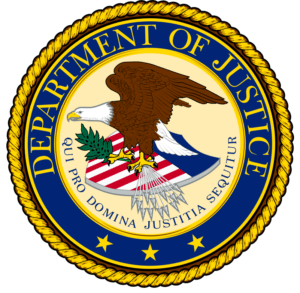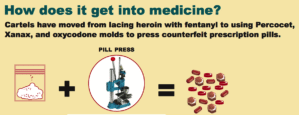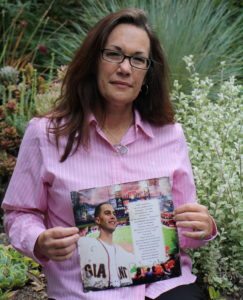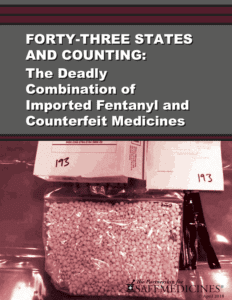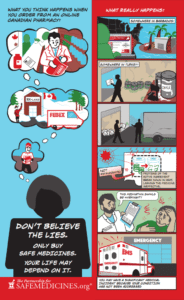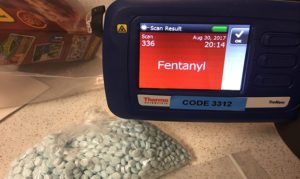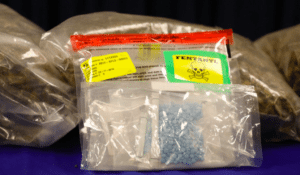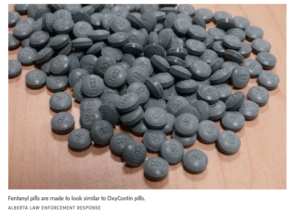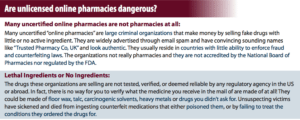The owner and the manager of a company in India ran a scheme cold calling phone numbers in the U.S. and Canada hoping the person who picked up the phone would be interested in purchasing some of their counterfeit medications. Both pleaded guilty to conspiracy charges in federal court…
Read MoreSeeking to prevent any more deaths from fake pills made with fentanyl, the Legislature of Ontario is considering a bill that would make it illegal for anyone except pharmacists to own a pill press, an essential piece of equipment utilized in the manufacturing of counterfeit medicines…
Read MoreThe evening of October 26, 2015, twenty-nine-year-old Aptos, California resident Tosh Ackerman took a benedryl and part of a Xanax pill to help him sleep. He never woke up, and his girlfriend found him dead the next day. Ackerman died because the Xanax he took was counterfeit. It contained a fatal dose of a powerful synthetic opioid called fentanyl.
Read MoreA new report released April 10, 2018 by The Partnership for Safe Medicines (PSM) illustrates the growing deadly toll that illegally-imported fentanyl is having on communities throughout the U.S. PSM’s analysis confirms reports of counterfeit medicines made with fentanyl in 43 states, with fentanyl-related deaths confirmed in 22 states. The updated findings follow a report released by PSM last September that found a presence of counterfeit fentanyl in 40 states and related deaths in 16 states.
Read MoreThe FDA took action against 500 websites operated by affiliate networks, including the notorious GlavMed, associated with the Win32.Kelihos.b trojan, used to distribute spam via infected computers. GlavMed’s found, Igor Gusev, allegedly operated a sister entity which directed traffic to various cities operating under the name Canadian Pharmacy.
Read MoreThe Maricopa County Sheriff’s Office announced the arrest of Jesus Madueno, who was attempting to sell 3,500 counterfeit oxycodone to undercover officers. The pills were made with fentanyl…
Read MoreThe Nevada Sheriffs’ and Chiefs’ Association sent a letter to Senator Heller explaining their reasons for opposing S. 469, the bill that would allow drug importation…
Read MoreState Attorney General Eric T. Schneiderman warned citizens in western New York that fake opioid pills made with fentanyl have been discovered for the first time in their part of the state: “These poison pills are the latest troubling development in our state’s opioid crisis.”…
Read MoreAuthorities announced an additional indictment may be filed in the Shamo fake pills made with fentanyl case in Utah. Investigators are also trying to link any overdose deaths to the drug ring and will file charges if any are found…
Read MoreNH couple pleaded guilty to importing hundreds of thousands of fake pills from India and selling them via the internet to customers throughout the U.S…
Read More